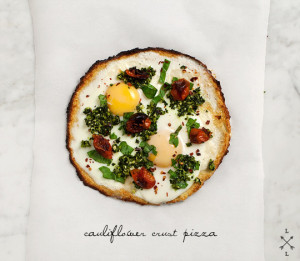Debby-Esmeé de Vlugt
On behalf of the Cooking Society board.
In collaboration with Sustainability Committee.
Here in the Netherlands, we never know what the seasons will bring. Last winter, the whole country was covered in thick layers of snow, and this y ear all we got was rain and wind. This does not make it easy for local farmers to grow seasonal fruits and vegetables, but somehow they seem to manage year after year. Every season has its own specific crops, and you can easily find an overview of seasonal fruits and vegetables per month online. Fresh seasonal products are generally not only more sustainable to use in dishes but also less expensive than the ones that are out of season. Some of these seasonal products are local whereas others more exotic. You can find all of these products at supermarkets like the Albert Heijn, and most will in fact be part of the weekly AH Bonus because they are in season.
ear all we got was rain and wind. This does not make it easy for local farmers to grow seasonal fruits and vegetables, but somehow they seem to manage year after year. Every season has its own specific crops, and you can easily find an overview of seasonal fruits and vegetables per month online. Fresh seasonal products are generally not only more sustainable to use in dishes but also less expensive than the ones that are out of season. Some of these seasonal products are local whereas others more exotic. You can find all of these products at supermarkets like the Albert Heijn, and most will in fact be part of the weekly AH Bonus because they are in season.
My goal, on behalf of the Cooking Society board, is to provide UCR students with easy seasonal recipes twice a month. One of these articles, like this one, will contain four different seasonal dishes: one regular, one vegetarian, one dairy-free, and one gluten-free. These recipes will come from external websites so I will not be writing them myself. The other monthly article will contain a recipe that I personally created, and I will make sure that it is not only seasonal but also student-proof. February is the month of apple, grapefruit, pomegranate, sweet potato, cauliflower, kale, and many other fresh products. Some of these are rather typical for this specific month, but some stay in season both throughout winter and spring.
February recipes:
Penne with Chicken Breast and Broccoli – serves 4
Organic: €8, 58 – p.p €2, 15
Non Organic: €6, 17 – p.p. €1, 55
Leafy Salad with Feta and Pomegranate (Vegetarian) – Serves 4
Organic: €9, 64 – p.p €2, 41
Non Organic: €8, 79 – p.p €2, 20
Pasta with Winter Ratatouille (Dairy-Free) – Serves 4
Organic: €10, 99 – p.p. €2, 75
Non Organic: €9, 55 – p.p €2, 38
Cauliflower Crust Pizza (Guten-Free) – Serves 2
Organic: €8, 63 – p.p €4, 31
Non Organic: €6, 71 – p.p €3, 35
As you can see, all of these recipes include price calculations: one organic and one non-organic version. This way you can see for yourself if purchasing organic products would be worth the price difference it makes. The prices given are approximate based on Albert Heijn prices. Keep in mind that not all of these products are available in an organic version. What you can see, however, is that the difference between organic and non-organic generally really is not that large. You can also try to leave certain (expensive) ingredients out, or add other ingredients that you do like!
Debby-Esmeé de Vlugt, class of 2016, is a Religious Studies, Social History, and Anthropology major, from Harderwijk, the Netherlands.
